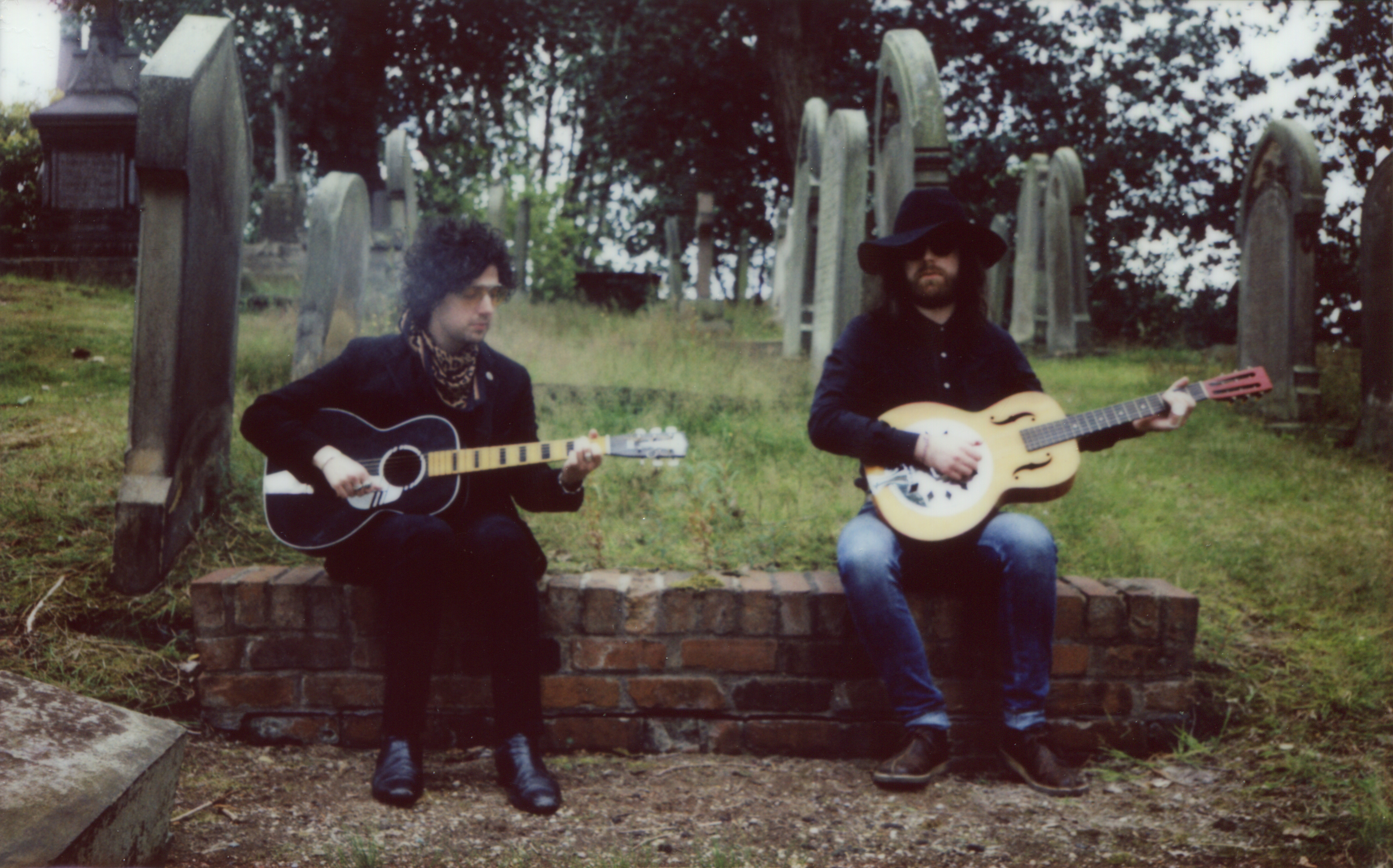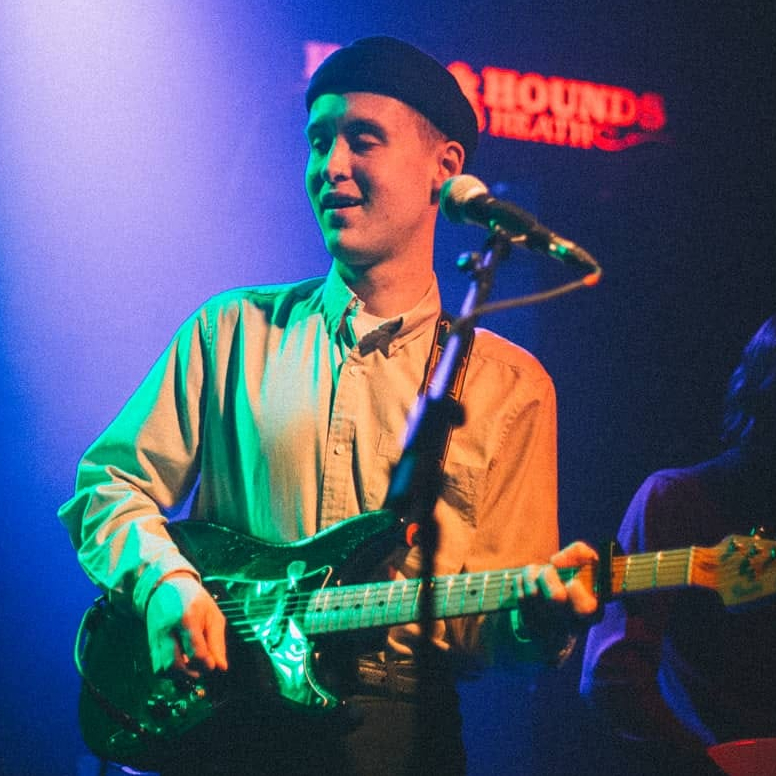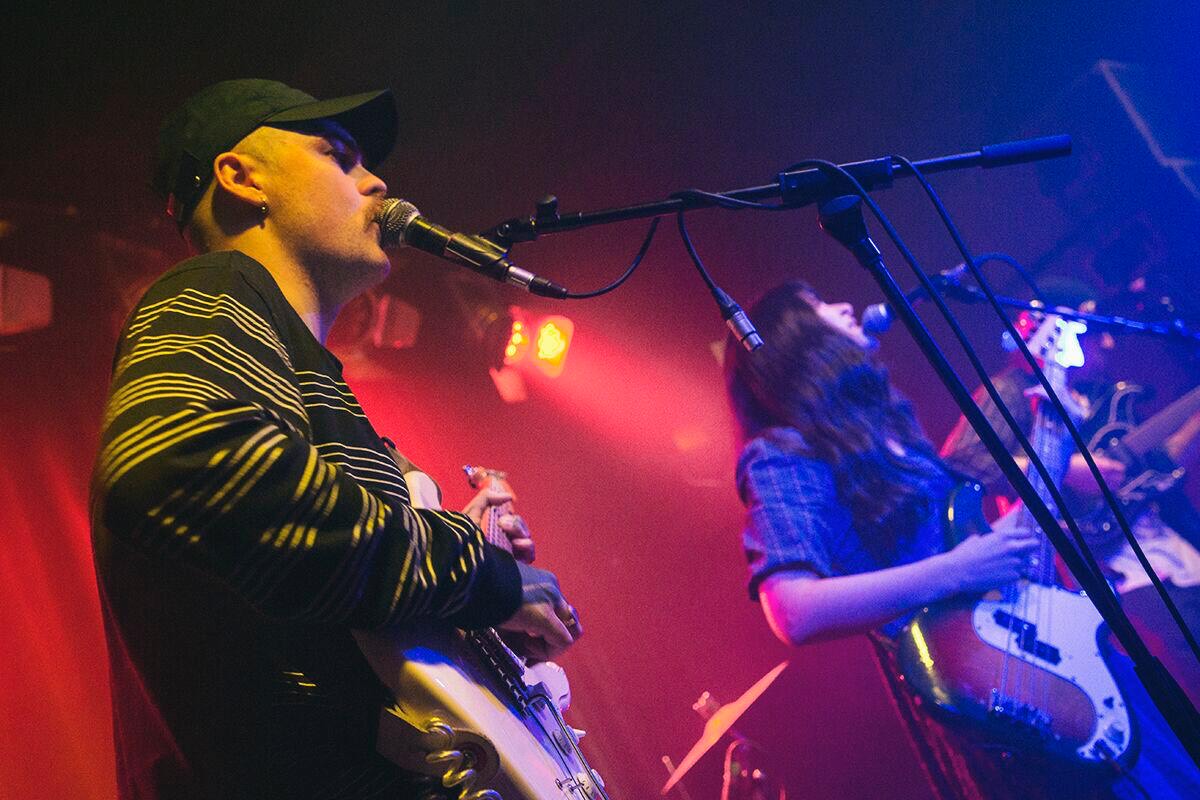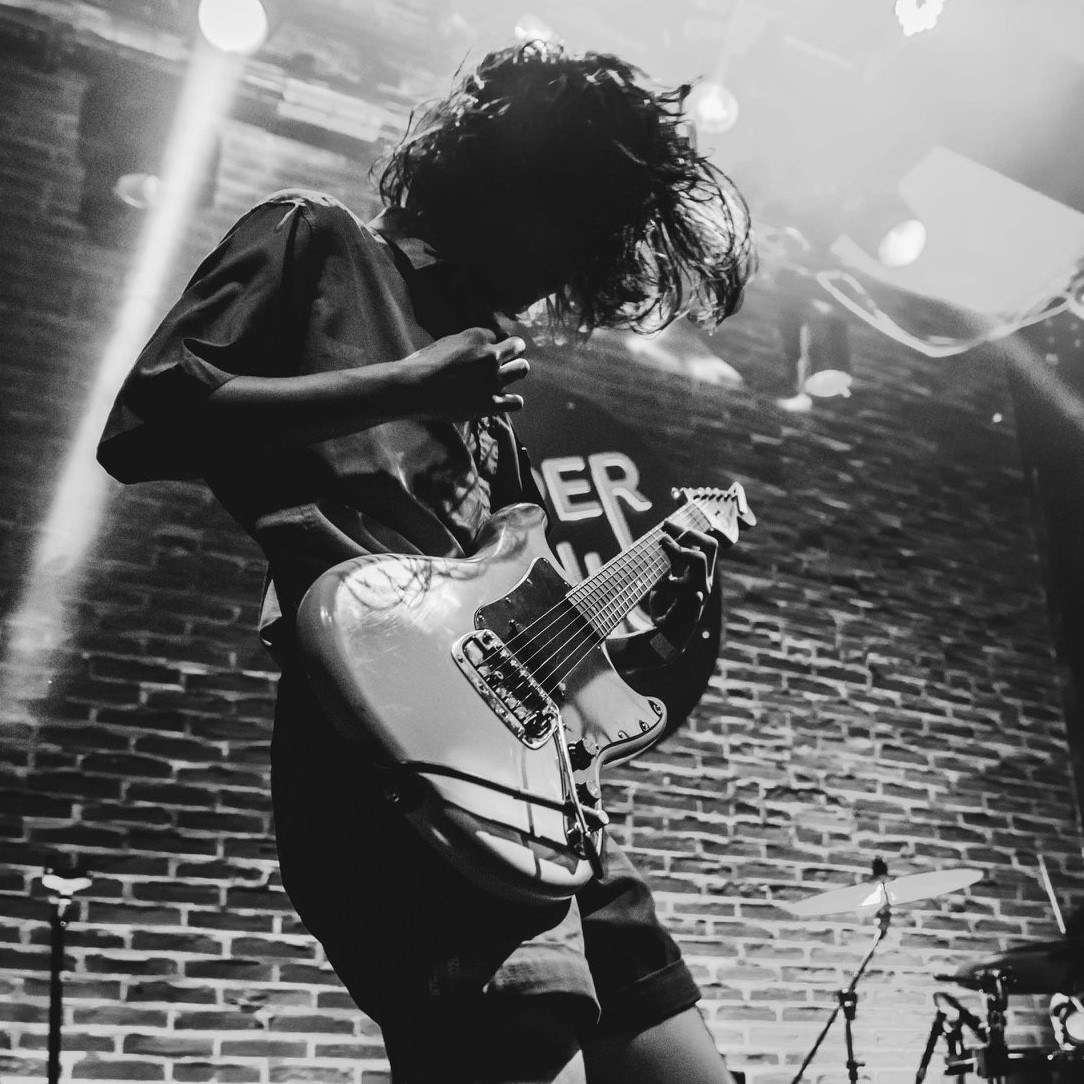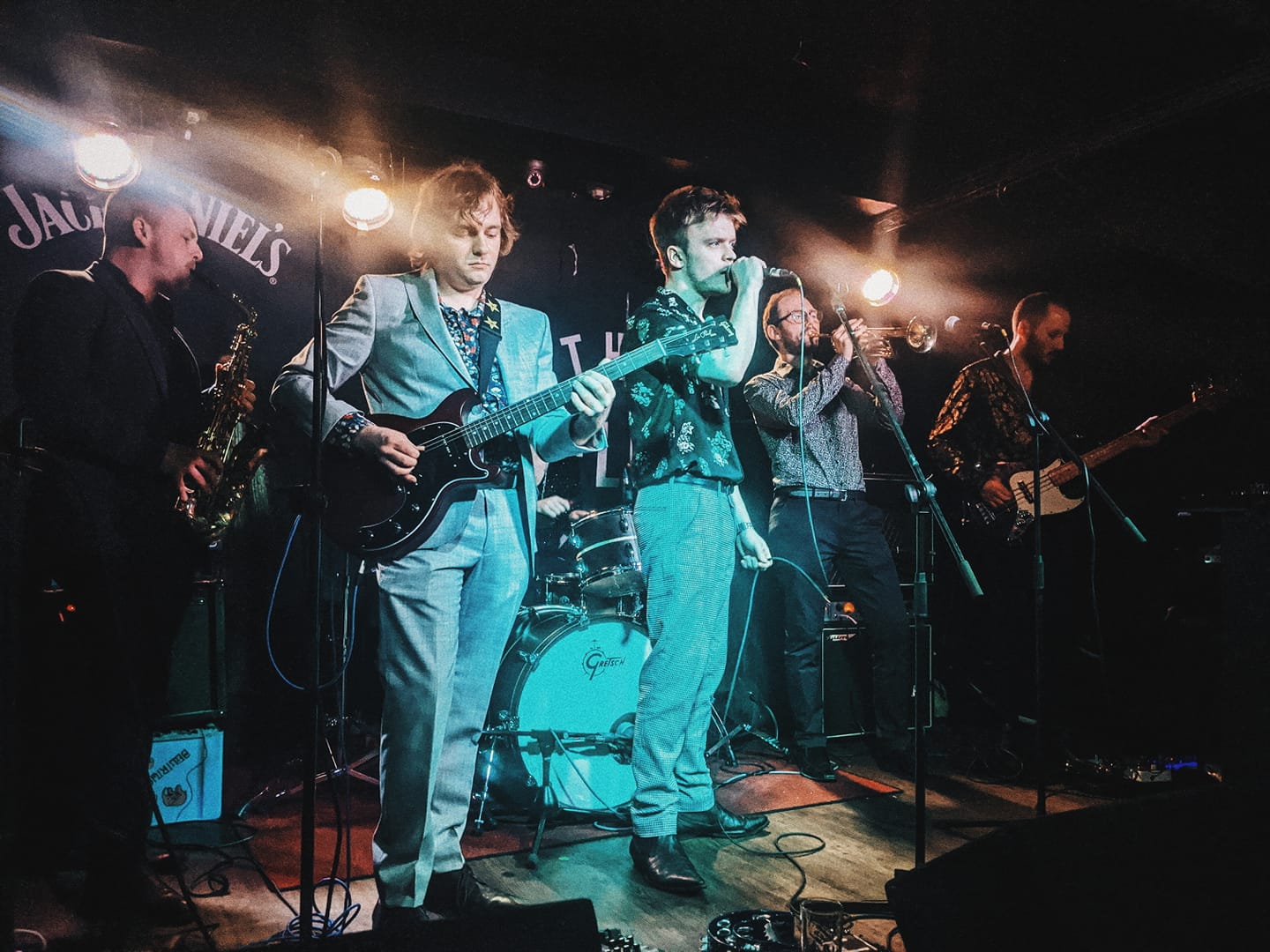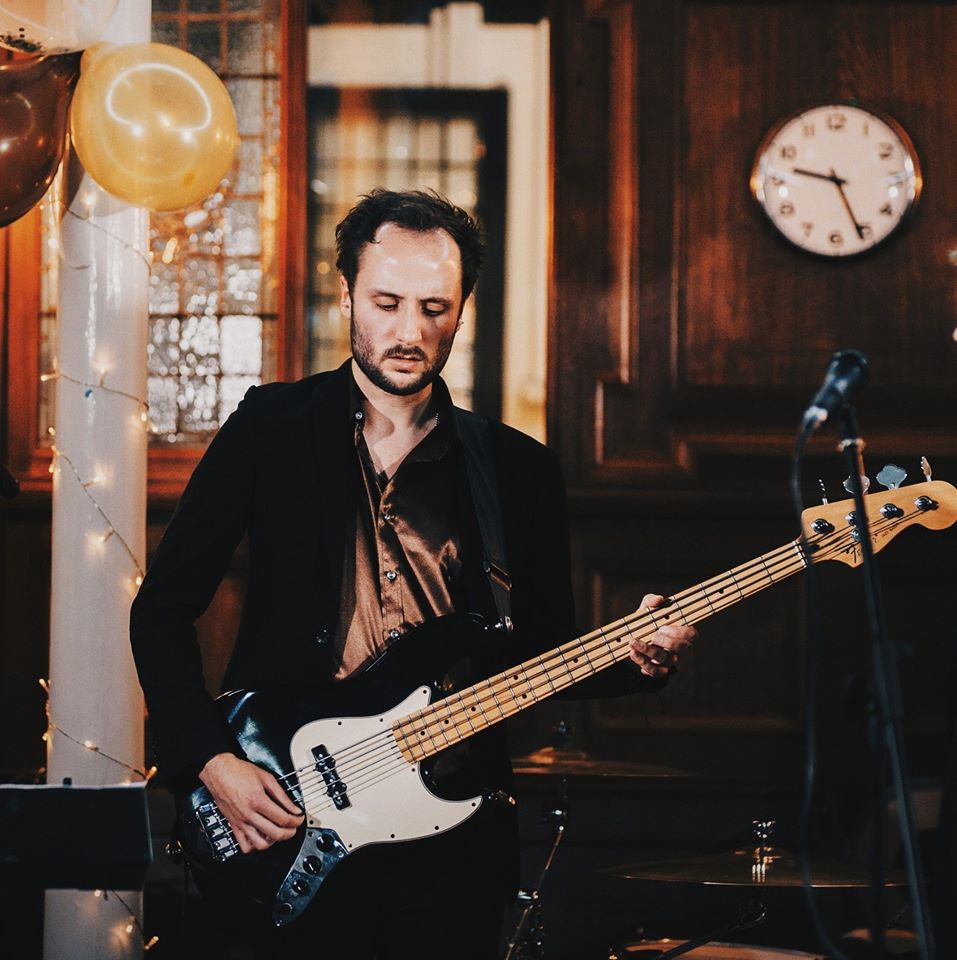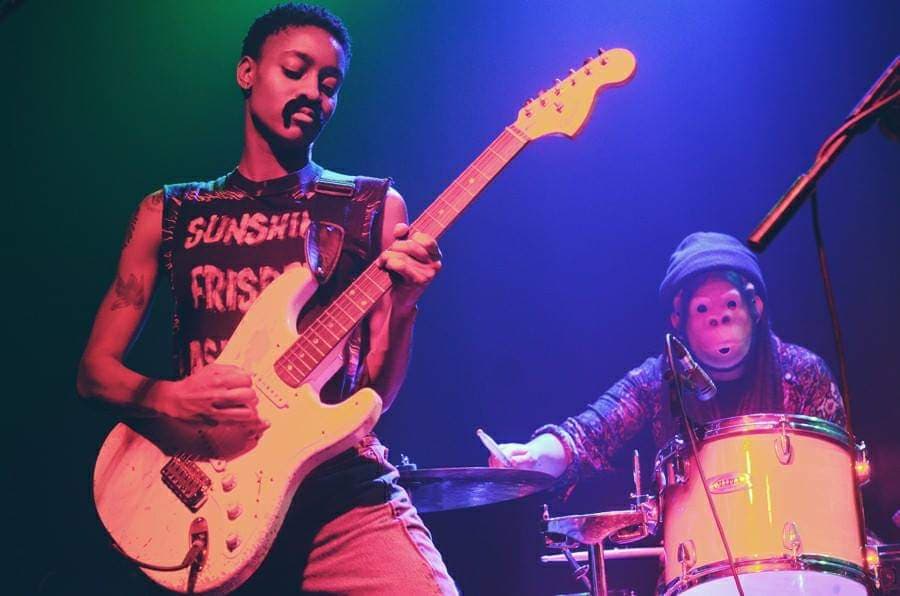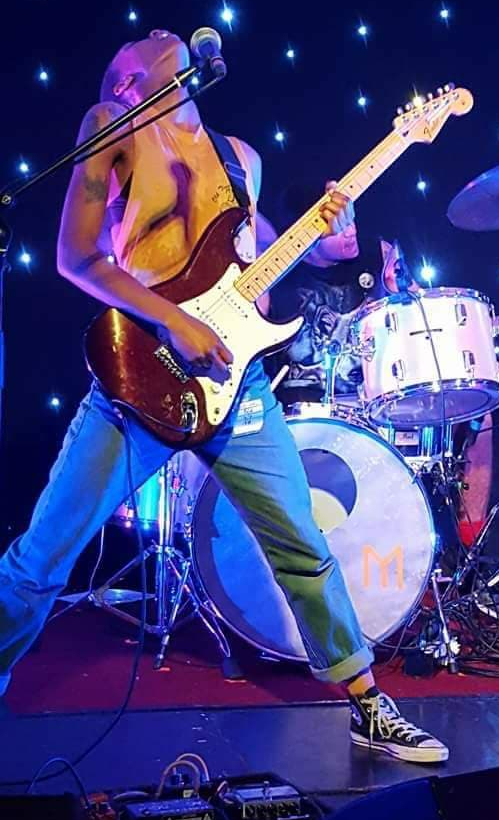Let’s not even bother with the COVID-19 jokes. Your favourite blog on the Bham scene is back on your screen- and this week we’ve got one of the city’s most forward-thinking guitarists to spill his techy, midi-synced secrets- Stuart of Matters.
Due to generally being people about town, there was a fair bit of buzz around Matters before they even started. I vividly remember standing on the stairs of The Sunflower Lounge for one of their very earliest shows- it was the kind of ‘holy shit’ moment that stuck to the sides of your skull past their last note, past closing time, past the hazy taxi ride home, past the slurred recounting of their brilliance endured by my girlfriend before bed, past the hangover the next morning. In fact the moment never really passed at all- a few years on and they’re still incessantly vital feeling- a real shot in the arm for Birmingham’s independent music scene. And the reason why- they’re not simply yet another a guitar band. They make art that is best experienced in their multi-media live set- combining their head-expanding electronica with a visual show that transforms any toilet venue stage into a raving feast for the senses. Stuart’s approach is more akin to that of sound designer than riff merchant- weaving dissonant & distorted between the bludgeoning bass and wild LFO oscillations of Brid’s monstrous Moog Sub 37 (often supplemented by any number of other synth devices all synced up to the same clock source). There’s something dystopian to their sound- an unsettling urgency that reminds us we can’t outrun what we’ve got coming our way. Anyway, enough doomsday prophecies; let’s get electric!
Talk us through your guitar history from your first to your most recent.
“I started on an old acoustic. Following that I borrowed an electro acoustic, plus a small amplifier. I have no idea what make/model, but I accidentally discovered overdrive with those. From there I had a Squier Stratocaster and a solid state Peavy Bandit. I still have the Bandit! As I had no one to guide me, and the internet didn’t exist, I was sucked in by numerous terrible guitars – an Ibanez with a floating tremolo, a Les Paul-shaped Stagg, some Dean thing, and generally a whole bunch of stuff that never stayed in tune. I went to an older Squier Telecaster Custom for Das Bastard – it did a great job. In Them Wolves I used an Eastwood Airline Map, and then for Matters I moved to an Eastwood 3P before finally ending up on my Revelation RJT-60 bass VI.”
Who inspired you to pick up guitar, and who inspires you to keep on playing today?
“I really can’t say that anyone inspired me to pick up the guitar in the first place. It was an accident. I wanted to play an instrument, and as we had this old two-tier organ in the house I started organ lessons. Obviously I was the coolest child in my primary school! After a few years a kid from the next street attempted to smash my skull in with a rock, but I protected my head with my right hand and he smashed that instead. That put a stop to my organ lessons and I was granted access to the aforementioned acoustic in the loft- seeing as I could just about hold a plectrum.
When we started Matters we were inspired by Suuns, Holy Fuck and The Field– especially the aforementioned’ s live set up. I’m always really impressed by Daniel Fox of Girl Band. Jamming with Brid (synths) inspires me to keep pushing myself.”
Tell us about your music, and how you approach your guitar playing within the context of it.
“We make, for the most part, instrumental electronic music. We sit on the dance/electronic side of things. I would have hated the idea of this band when I was a thrash metal loving teenager! When Matters started I was approaching it very differently to how I am now- for the first release or so it was much more ‘rock’ guitars with synths, but since switching to the bass VI, the music has shifted. Our single ‘Hannah’, was the start of that. I will always find it a challenge to be a guitarist playing techno/trance/dance, especially when it comes to not repeating myself or sticking to a formula. I enjoy that though.”
What setup are you currently running, amp and pedal wise?
“It’s a lot of Boss, and I’m not sorry! GLX bass EQ> Boss SD-1 > EHX Attack Decay > TC Electronic Sub ‘n Up > EHX Blurst > Boss MD-500 > Boss DD-500 > Boss RV-500.
My modulation, reverb and delay are all midi clocked to Brid’s synths.
My amp is a Roland JC120. Big and clean. It copes with the highs and lows of the VI really well.”
What’s the one pedal that you couldn’t live without?
“The Boss DD-500. I know that are other pedals out there that offer midi connection, and the ability to write patches using pedal to computer hook up – but this is the one I use. It has never failed me.”
What’s your current main guitar, and why so?
“My main guitar is my bass VI, which is a Revelation RJT60-B. I’ve had it for a good few years, and initially started using it just to double up on some of my regular guitar parts in the studio. After those first couple of releases we wanted to take the band in a different direction, and I found that using only the VI gave me the sonic shift I was looking for. It is a cheap guitar- £140 at the time. The intonation isn’t great – but we feel that helps us keep the organic sound we have. It sits really well with Brid’s synths. I wouldn’t swap it with anything.”
Are there any other local guitarists you particularly admire?
“Anyone that is creating their own style and place has my admiration, and there are many in Birmingham- Anna and Meesh from Dorcha to Adam and Thomas from Hoopla Blue, Kaila from Youth Man/Pretty Grim/Blue Ruth. We are soon releasing a track that features Kaila. I spent years standing opposite Greg Coates when we were in Das Bastard and Them Wolves – big sound and great riffs.”
If you could play any venue anywhere in the world tomorrow, where would it be and why?
“Given the current situation, I would be very happy to play The Hare and Hounds tomorrow!”
Where can we find your music?
“We put a lot of effort into making our own videos, so it’s always nice when people find us through our Youtube channel.
Other than that it’s all the usual– bandcamp and Spotify.“








